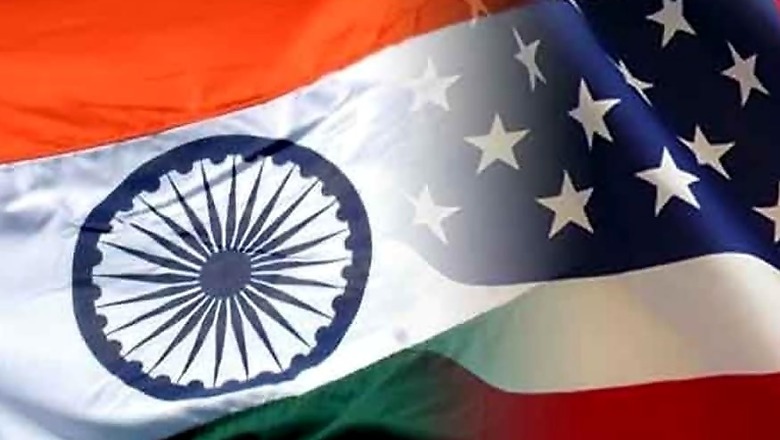
views
New Delhi: After the US moved World Trade Organisation (WTO) against India for not doing away with export subsidy, the Union Ministry of Commerce is likely to come up with a new foreign trade policy in the first half of 2019.
Under normal circumstances a new foreign policy was due in 2020. The present policy is valid for five years starting 2015.
“We are working on the new policy with a deadline of 2019. With the US moving WTO it is imperative that India comes up with an alternative incase the WTO doesn’t go India’s way,” said a senior official from the ministry of commerce, speaking under conditions of anonymity.
This comes after Trump administration had on 14 March 2018 dragged India to the WTO. In its request to hold consultations with India, the first step before legal action, the US had argued that India wrongfully avails export subsidy. Trump administration had alleged that India violates WTO agreements as they are no longer below the economic benchmark of $1,000 per capita gross national income (GNI).
According to WTO’s rules, only those countries are allowed export subsidy who’s GNI is below $1,000 per capita.
Ministry of commerce has formed an informal committee under the Director General of Foreign Trade (DGFT) to deliberate on ways to do away with export subsidy. “The idea is to identify the non-compatible provisions and to look for alternatives assuming that India's eight-year phase-out period argument is not accepted,” a government official aware of the development told News18.
The informal committee consists of industry bodies like FICCI and CII, exporters’ body FIEO and the Commerce Ministry’s think-tank, Indian Institute of Foreign Trade (IIFT).
The committee has identified three major ways to do away with export subsidy in its new policy.
First, the ministry is looking to move to production based subsidy from the current method of export based subsidy.
“The ministry is deliberating on providing subsidies on production now. This means that products meant for export will be incentivized. Rather than providing monetary benefits post export,” said the official.
Second, the ministry has identified 356 clusters that will be subsidized by the government.
“We are also thinking of subsidizing via clusters. We will group certain products that we think are most important for export. We will subsidise the entire production, manufacturing and sale of that product,” said the official, part of the team formulating the policy.
Third, the ministry is contemplating on providing subsidy based on quality standards.
“We are also deliberating on providing subsidy to only those products that reach a certain quality standard. Say a product reaches an ISO:9000 then we will subsidise it,” said the official.
The informal team is also deliberating on the policy having standards on e-commerce.
Additionally, “we are right now in the process of rectifying the lag in the export and manufacturing sector. We are looking at the services sector taking lead. For development to rise at a steady rate, the manufacturing and services sector need to foster,” said the official aware of the development.
Sources from the ministry of commerce told News18 that US-India consultations were held on 11 April, 2018.
“The US did not agree to India’s proposition of continuing with export subsidy. They’ve said US will move to legal action if India does not alter its foreign policy and does away with subsidy immediately. Indian representatives have said that they must be allowed an eight year phase out period,” said a second official from the commerce ministry talking under conditions of anonymity.
While the ministry is internally preparing for a new policy and looking for options to do away with export subsidy, on the exterior it still maintains its stand of WTO allowing the country a phase out period of 8 years.
Indian authorities argued that like other countries in the past, India should be allowed a transition period of eight years. “When the WTO was set up, developing countries that had a GNI of over $1,000 per capita were allowed eight years to wind up their export promotion schemes,” said the official.
Earlier commerce secretary Rita Teaotia said, “Our presumption is that India also has a similar period of eight years to graduate out of the subsidy regime and this is what we will be placing before the US. We are hopeful that they will recognise this time frame and during this time frame we will commit ourselves and meet our obligations.”

















Comments
0 comment